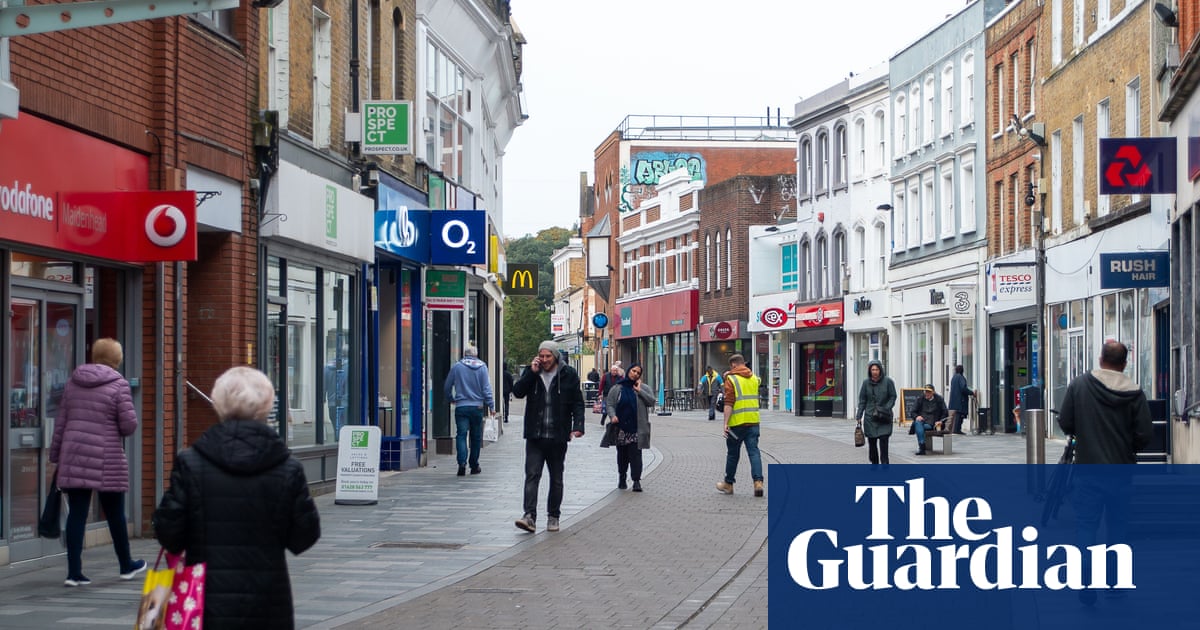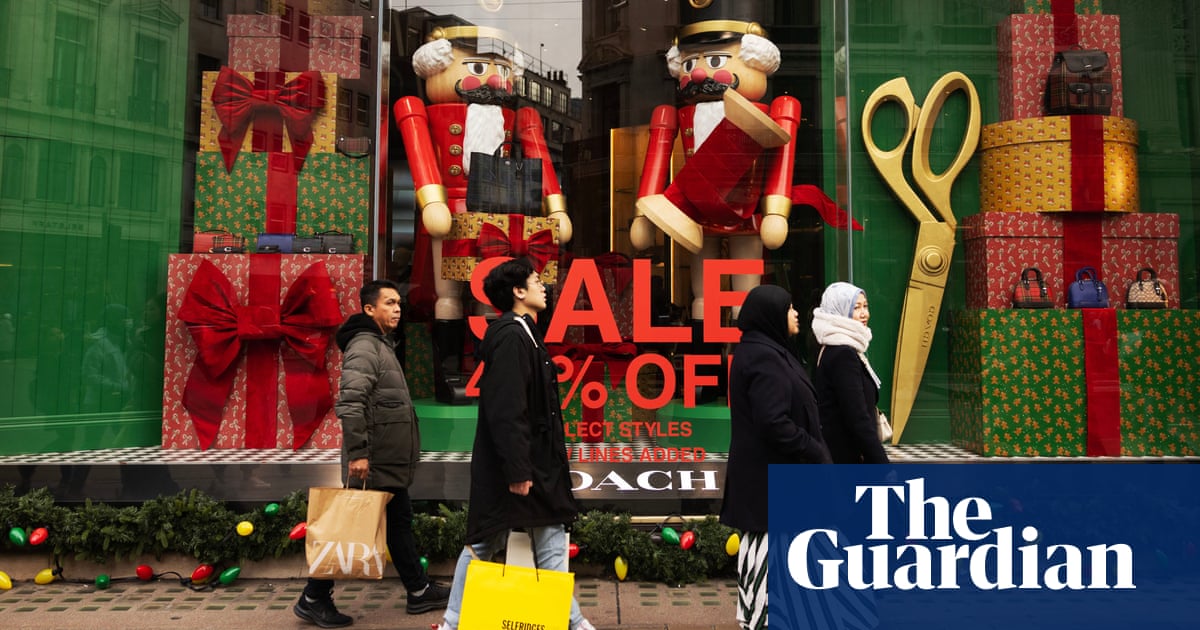
Britain’s economy is on track for a return to growth in the first three months of the year after a jump in retail sales and signs of sustained activity in the private sector this month.
New business booked by service sector companies rose at the sharpest pace for 12 months in March, amid rising confidence among firms and resilient consumer demand.
Economists said the latest snapshot from the closely watched purchasing managers’ index suggested the economy would grow by about 0.2% in the first quarter of the year. It comes after UK gross domestic product (GDP) flatlined in the final quarter of 2022.
“This represents a welcome expansion compared to the lack of growth seen in the second half of last year,” said Chris Williamson, the chief business economist at S&P Global Market Intelligence which produces the figures withthe Chartered Institute of Procurement and Supply.
“The improvement in order book growth adds to signs that a near-term recession has been avoided.”
It comes after official figures showed a better-than-expected boost for retail sales in Great Britain in February, as shoppers turned to discount department stores and secondhand shops, and chose to dine in more and cut back on eating and drinking in pubs and restaurants.
The Office for National Statistics (ONS) said retail sales increased by 1.2% last month compared with January, well ahead of economists’ forecasts of a 0.2% rise, bouncing back to pre-pandemic levels despite the cost of living crisis.
“The UK is finding its shopping habit hard to kick, it would seem,” said Nicholas Hyett, an investment analyst at Wealth Club. “Retail sales volumes have come in stronger than expected for the second month this year despite the cost of living squeeze.”
However, the ONS, which also moved to upgrade the sales boost reported for January from 0.5% to 0,9%, said that despite two months of sales rises, volumes were down 3.5% compared with February last year and 0.3% down quarter on quarter.
Sales in February were boosted by a 2.4% increase in non-food store sales, which includes department, clothing, household and other non-food stores, well up on the 1% rise reported in January.
The increase in overall non-food store sales was driven by a 5.5% rise in department stores and 2.9% in clothing stores, fuelled by strong sales at discount stores. There was also a 1.7% month-on-month boost in sales at secondhand goods stores including auction houses and charity shops.
The other main contributor to overall sales growth in February was a 0.9% rise in food store sales volumes, despite stubbornly high food and drink prices, a significant increase on the 0.1% rise in January. The ONS said this could be down to consumers choosing to eat more at home rather than going to pubs and restaurants.
“There’s clear evidence that shoppers are being careful with their money,” Hyett said. “Growth in non-food sales was driven by discounters and secondhand shops, while the rise in food volumes is attributed to people choosing to eat in and avoid pricey meals out. Shoppers may be more willing to spend, but only when there’s a bargain to be had.”
Earlier this week, the ONS said that the cost of food and non-alcoholic beverages in particular had risen by about 18% in the year to February, its highest rate since August 1977, pushing inflation unexpectedly back up to 10.4% last month.
The ONS said fuel sales fell by 1.1% in February, after a 1.1% rise in January, when rail strikes may have increased car travel. Fuel sales remain 8.9% below pre-pandemic levels.












